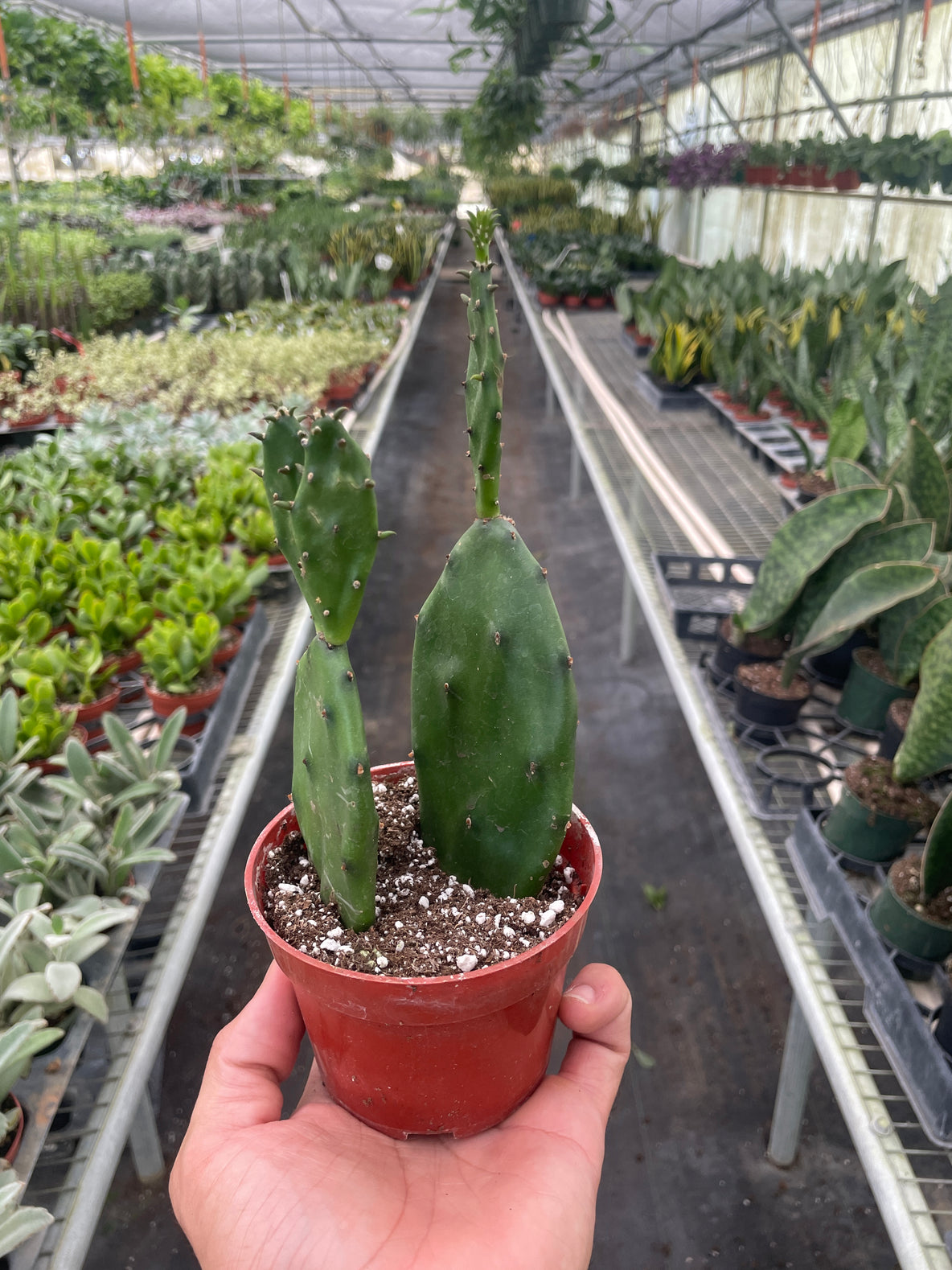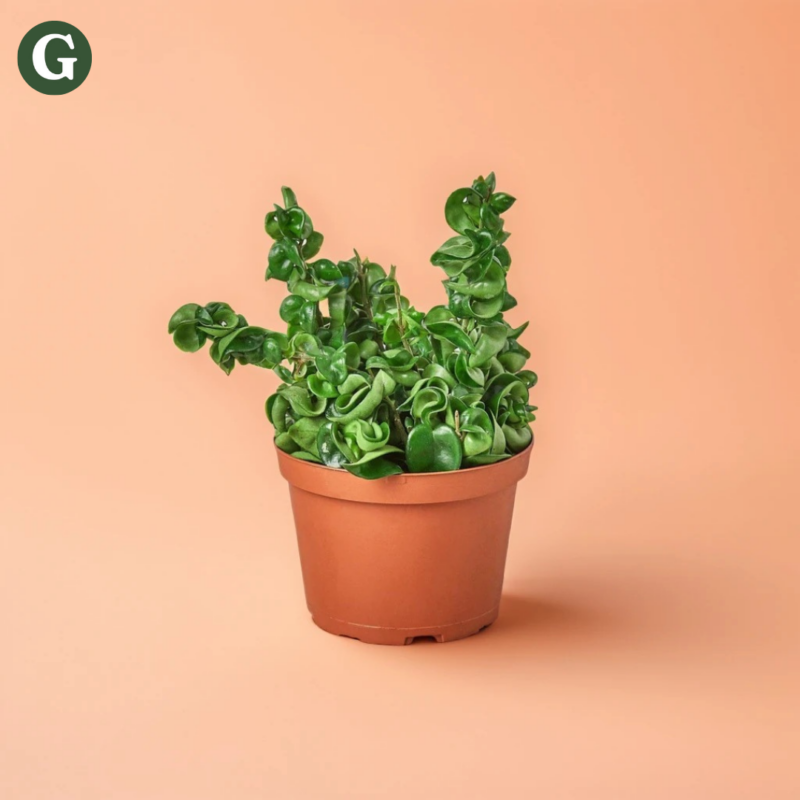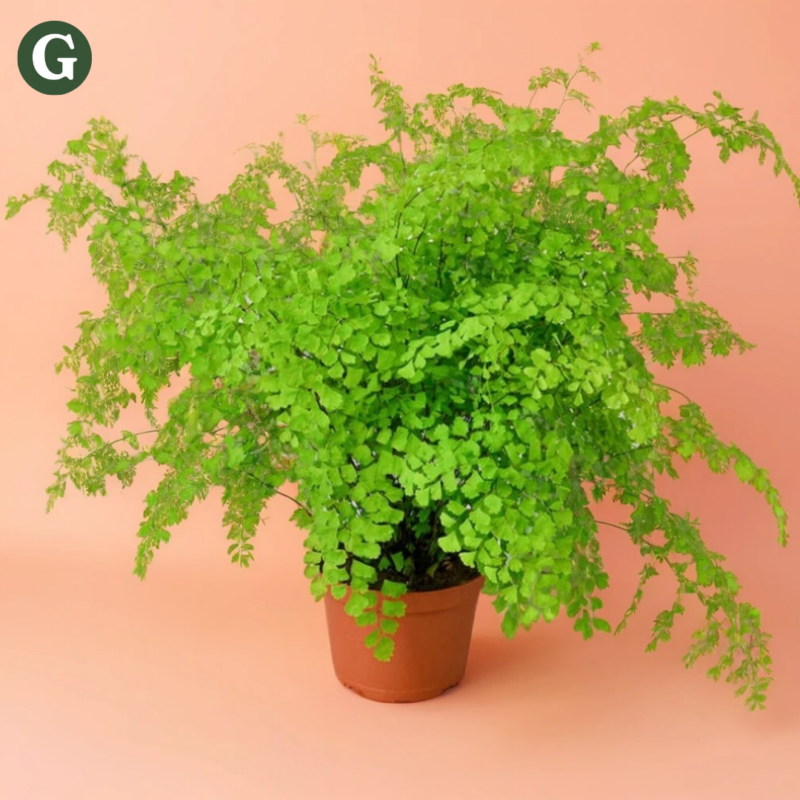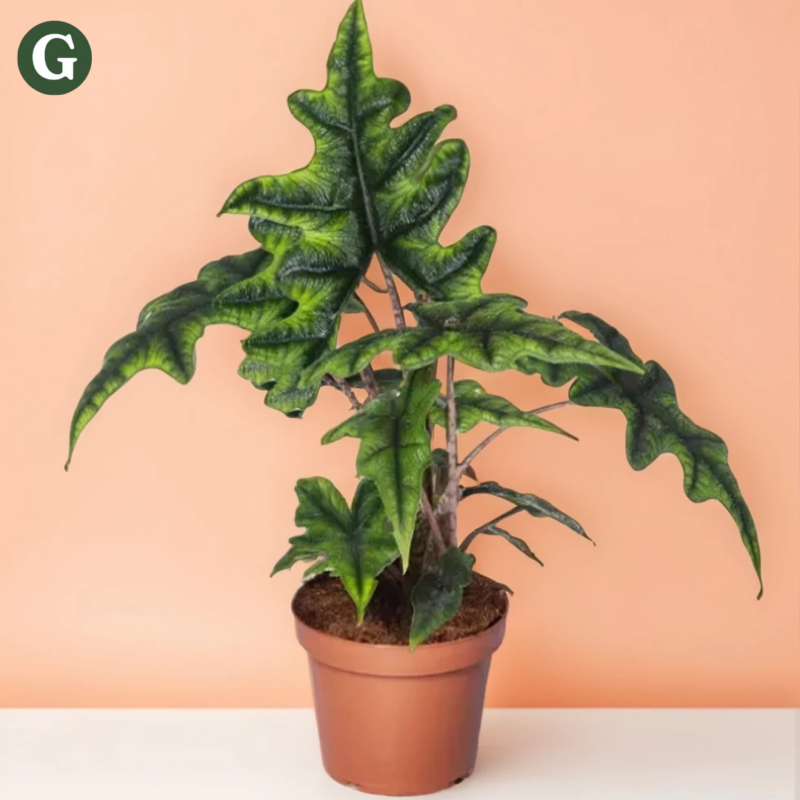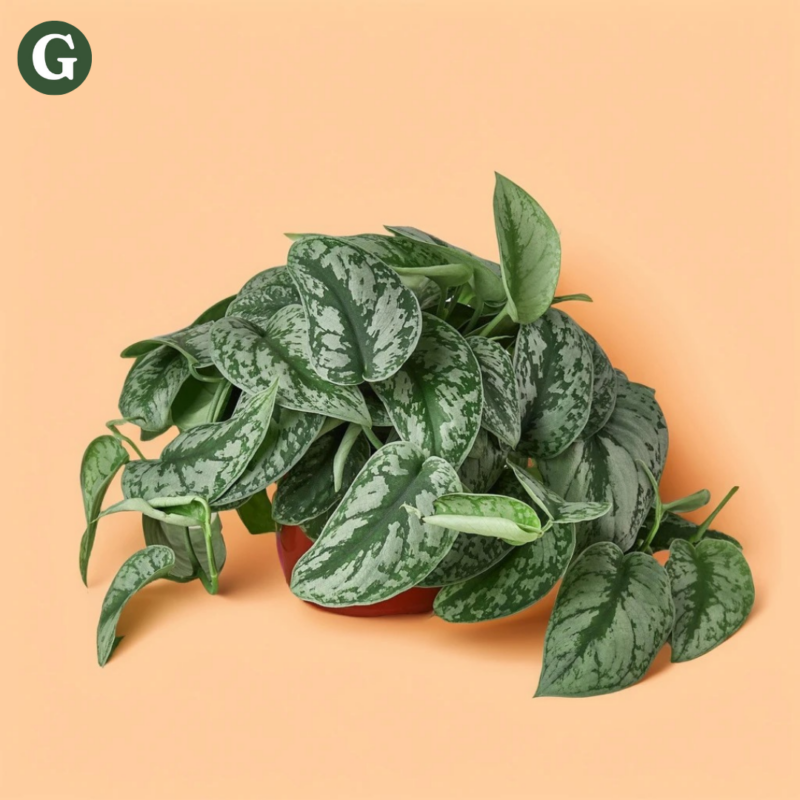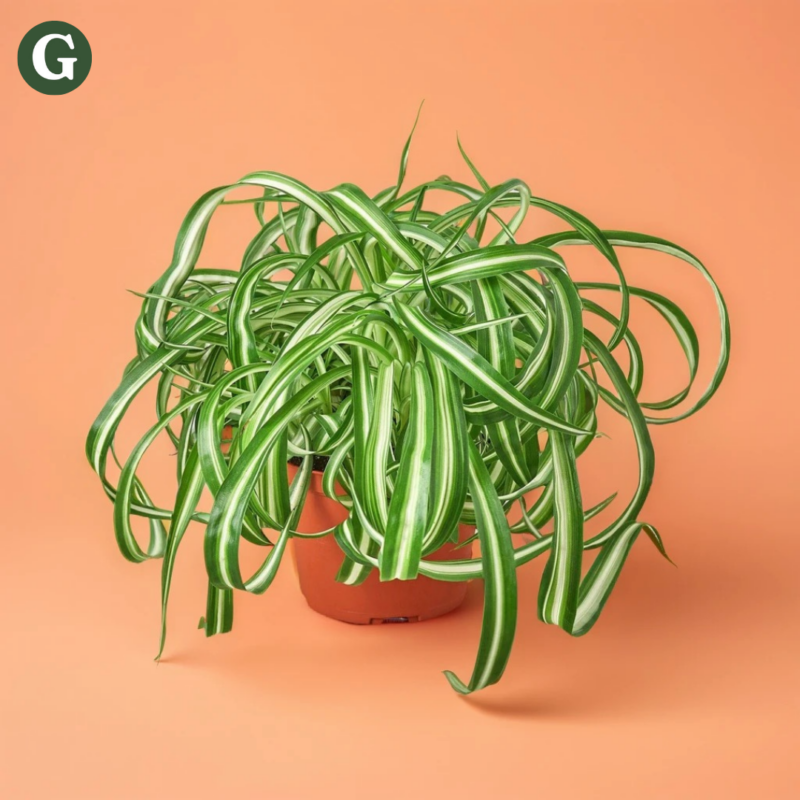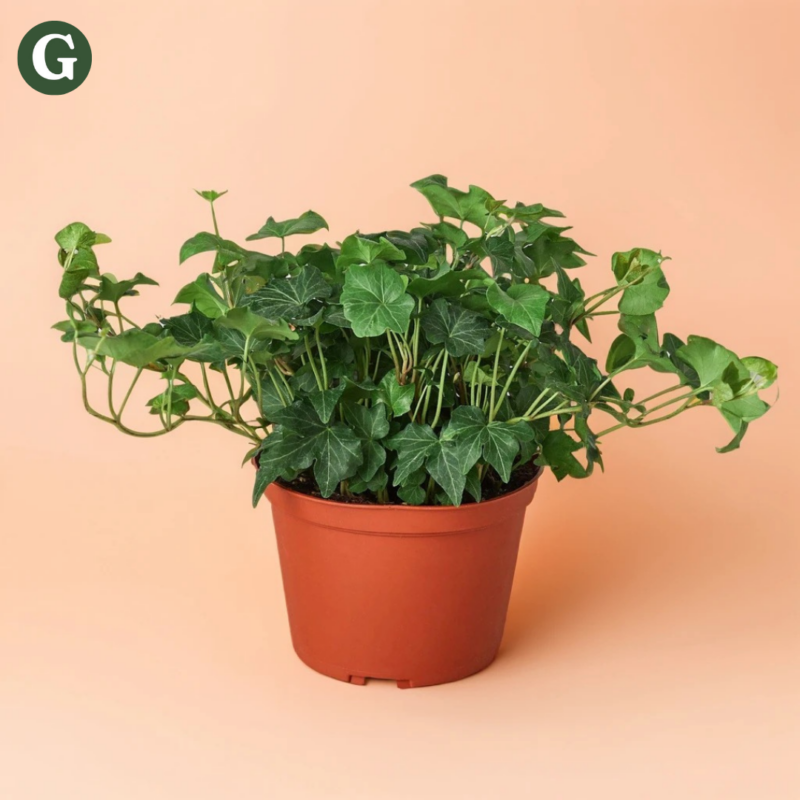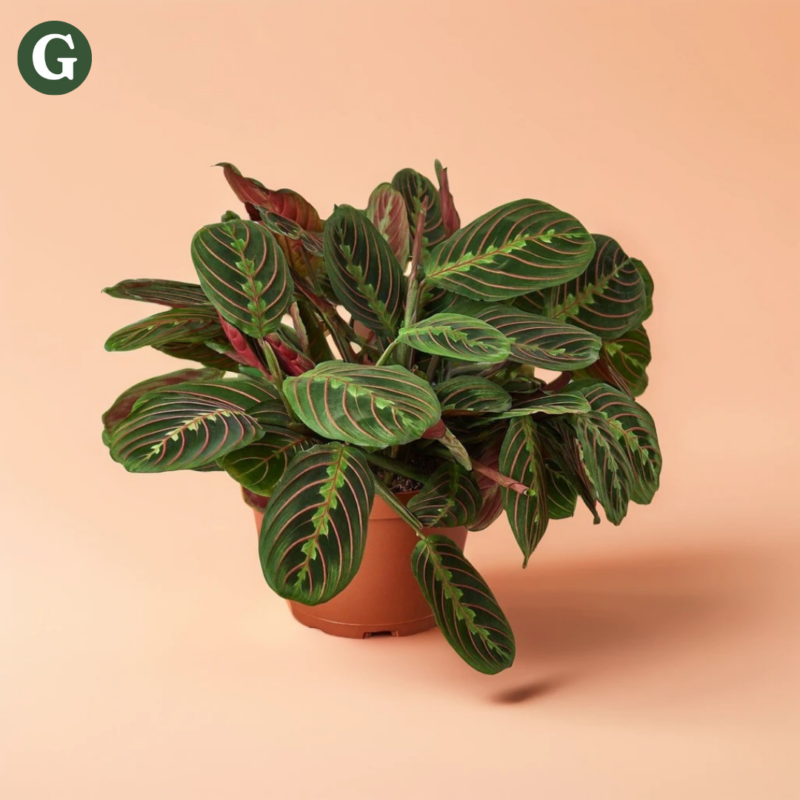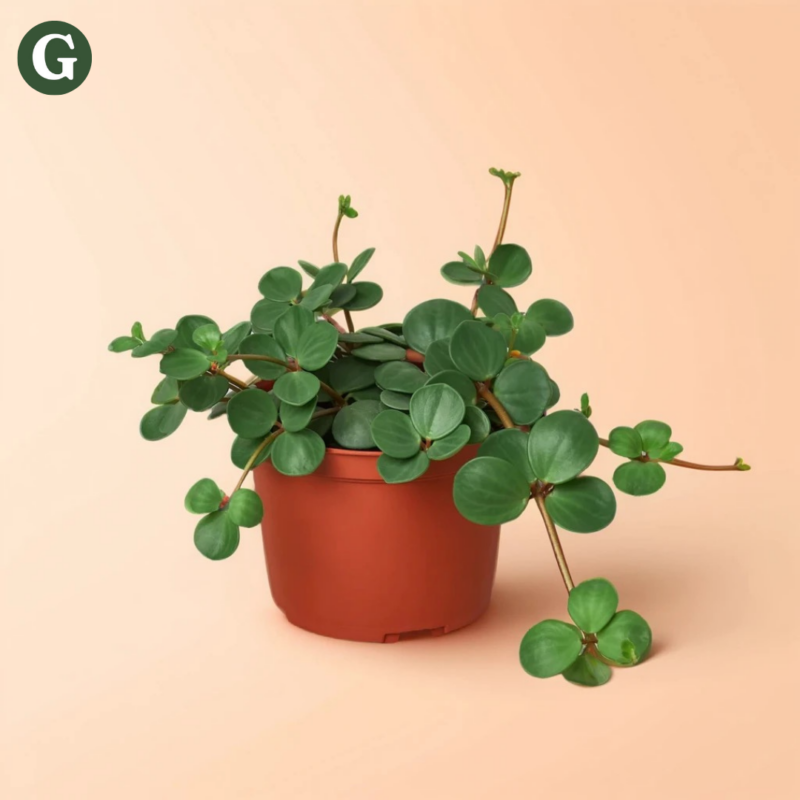Succulent Prickly Pear Cactus
Botanical Name: Opuntia spp.
Common Name(s): Prickly Pear Cactus, Nopal Cactus, Indian Fig Cactus, Barbary Fig
The Prickly Pear Cactus is a large and diverse genus of cacti native to the Americas, with over 200 species found in North, Central, and South America. Known for its broad, flattened pads and its ability to thrive in arid, desert-like conditions, this succulent has become an iconic symbol of desert landscapes. Its distinctive pads are often covered in spines or glochids (small, fine spines) that can be prickly to the touch, but the plant also produces colorful, edible fruits called "tunas" (or "prickly pears") that are popular in various culinary dishes, especially in Mexican and Southwestern cuisines.
The pads of this cactus are usually oval or round in shape, and the plant can vary greatly in size, ranging from small, low-spreading varieties that stay under a foot (30 cm) tall, to larger, tree-like forms that can grow several feet high. The pads can be green, blue-green, or even purple depending on the species and environmental conditions, and they are often adorned with bright, showy flowers in hues of yellow, red, or orange. In the summer, the plant produces beautiful, trumpet-shaped flowers, followed by the development of the distinctive fruits, which are often bright red, pink, or yellow, and covered with small spines.
This easy-to-care-for variety thrives in full sun, where it can bask in direct sunlight for several hours each day. When grown indoors, a south- or west-facing window is ideal to ensure this cactus gets enough light to grow healthy. This cactus is highly drought-tolerant and can store water in its thick, fleshy pads, allowing it to survive in extremely dry conditions.
This cactus prefers well-draining soil that mimics its natural desert habitat. A cactus or succulent mix works well, but you can also add sand or perlite to your regular potting mix to improve drainage. It's important to choose a pot with drainage holes to prevent excess moisture from sitting at the bottom of the container.
Note: The Prickly Pear Cactus is generally non-toxic to pets, but its spines can be harmful if ingested or touched, so it's best to keep the plant out of reach of pets or children.
Care Insights & Expert Tips
- Pruning when need: Pruning is generally not necessary unless you need to remove dead pads or control the size of the plant
- Repot every 2-3 years: Repot every 2-3 years or when the plant becomes too large for its container.
- Handle with Care: This cactus is covered in spines that can cause painful injuries. Use thick gloves when handling them.
- Propagates easily: This cactus can be easily propagated by cutting off stem pads (cladodes) and allowing it to dry and callus for a few days before planting it in well-draining soil.

Visit our plant care library
Find essential tips to keep your plants thriving, vibrant, and healthy.
